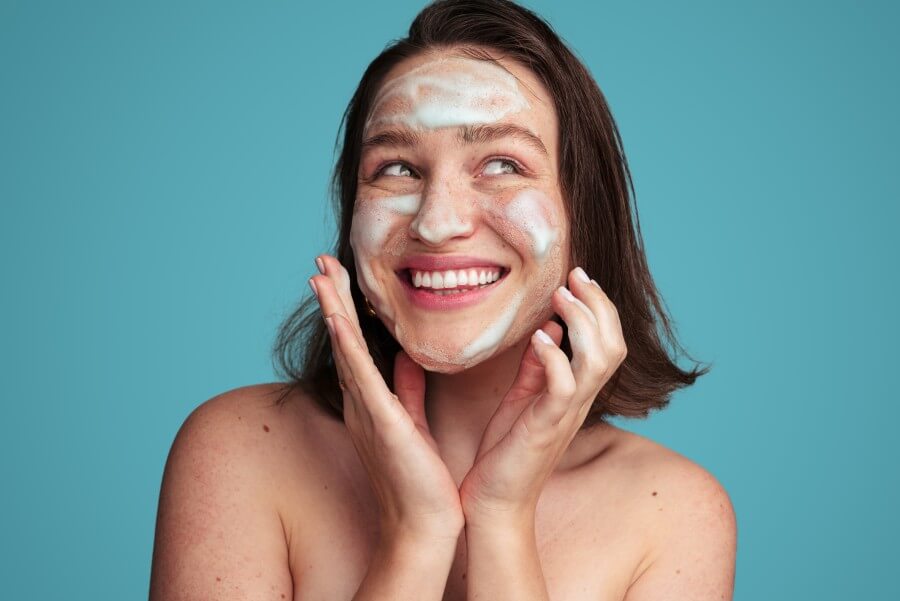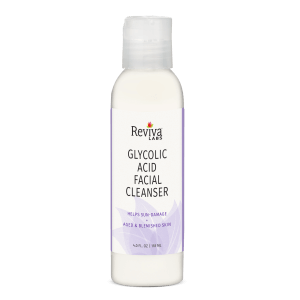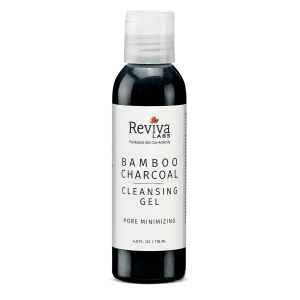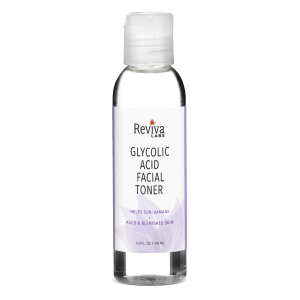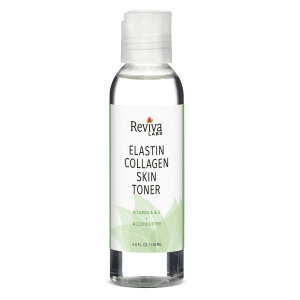Natural, Reviva Labs, Skin Care
Why Your Cleanser Isn’t Working On Your Skin
When it comes to skincare, cleansing is a fundamental step. It’s the cornerstone of a healthy skincare routine, setting the stage for products that follow. However, sometimes, despite using a cleanser regularly, you might not see the results you expect. This can be frustrating, especially when you’re investing time and effort into your skincare routine.
The first thing to understand is that skin is a complex organ. Its needs can vary based on numerous factors like genetics, environment, lifestyle, and even the seasons. A cleanser that works for one person might not necessarily be effective for another. This individual variation is crucial in understanding why a particular cleanser may not be working for your skin.
Mismatched Skin Types and Cleanser Formulas
One of the most common reasons a cleanser may not work effectively is a mismatch between the product’s formulation and your skin type. Different skin types – oily, dry, combination, sensitive, and normal – require different types of cleansers. For instance, if you have dry skin but are using a cleanser formulated for oily skin, it can strip your skin of its natural oils, leading to dryness and irritation. Similarly, using a rich, moisturizing cleanser on oily skin can lead to increased oiliness and breakouts.
To avoid this, it’s essential to understand your skin type and choose a cleanser formulated to meet its specific needs. If you’re unsure about your skin type, consulting a dermatologist or a skincare expert can be helpful.
The Role of pH Balance in Skin Health
The pH level of your cleanser can also significantly impact its effectiveness. The skin’s natural pH hovers around 4.7 to 5.75, which is slightly acidic. This acidity helps to keep the skin’s barrier function intact and protect against harmful microbes. However, many cleansers have a higher pH, which can disrupt the skin’s acid mantle, leading to issues like dryness, irritation, and breakouts.
Choosing a cleanser with a balanced pH, closer to that of natural skin, can help maintain your skin’s health and prevent issues related to pH imbalance.
Over-Cleansing and Under-Cleansing: Finding the Balance
Both over-cleansing and under-cleansing can lead to skin problems. Over-cleansing, especially with harsh cleansers, can strip the skin of its natural oils, leading to dryness, irritation, and even an overproduction of oil as the skin tries to compensate for the loss. On the other hand, under-cleansing can leave behind dirt, oil, and makeup, leading to clogged pores and breakouts.
It’s important to cleanse just the right amount – typically twice a day, in the morning and at night. If you’re active or sweat a lot, a mild, non-drying cleanser can help remove excess oil and sweat without irritating the skin.
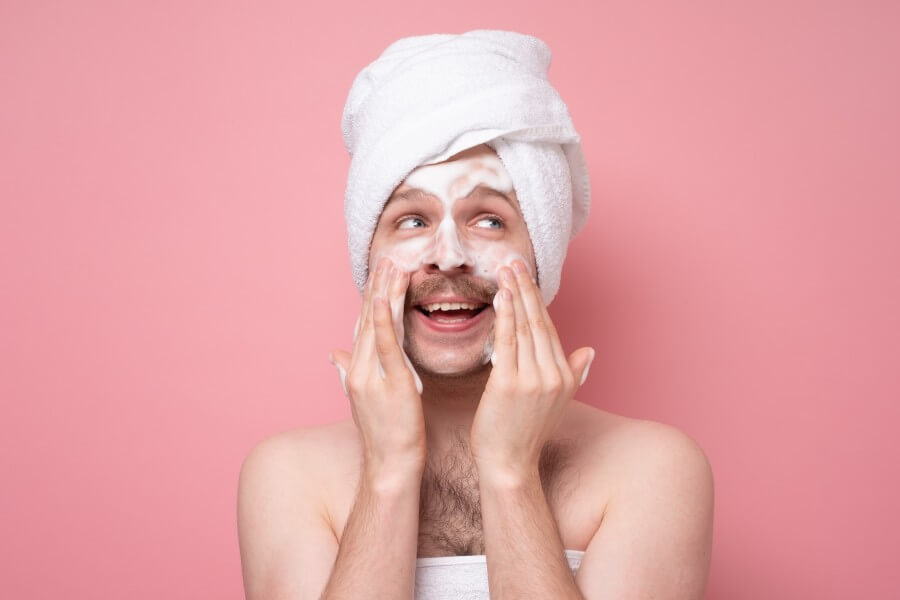
Ingredients Matter: What’s in Your Cleanser?
The ingredients in your cleanser play a vital role in its effectiveness. Harsh ingredients like sulfates, alcohols, and fragrances can irritate and dry out the skin, especially if you’re sensitive or prone to dryness. Conversely, cleansers with too many oils or emollients might not clean effectively if you have oily or acne-prone skin.
Opt for cleansers with ingredients that suit your skin type. For example, ingredients like hyaluronic acid and glycerin are great for dry skin, while salicylic acid can be beneficial for oily, acne-prone skin.
The Impact of Environmental Factors
Environmental factors like weather, pollution, and even water quality can impact how your cleanser works. In colder, dryer climates, you might need a more hydrating cleanser, while in humid conditions, a lighter, more clarifying cleanser could be more effective. Similarly, hard water can affect the way your cleanser lathers and rinses off, potentially leaving residue on the skin.
Adjusting your cleanser according to your environment can make a significant difference in its effectiveness. In some cases, you might need different cleansers for different times of the year or different locations.
Are You Using Your Cleanser Correctly?
Technique and usage are often overlooked aspects of cleansing. Using too much or too little product, not rinsing thoroughly, or using water that’s too hot or too cold can all impact the effectiveness of your cleanser. Additionally, how long you massage the cleanser onto your skin can make a difference – usually, 30 to 60 seconds is sufficient.
Make sure you’re using your cleanser correctly to get the most benefits from it. Follow the instructions on the product and adjust as needed for your skin.
With Some Experimentation You’ll Find a Clear Winner
Finding the right cleanser for your skin can be a trial-and-error process, but it’s worth the effort. When your cleanser works well, it sets the foundation for your entire skincare routine. If your current cleanser isn’t working, consider these factors – from skin type and pH balance to ingredients and environmental influences. Remember, what works for others may not work for you, so focus on understanding and catering to your unique skin needs.
In the world of skincare, knowledge and personalization are key. By understanding your skin and the products you use, you can create a skincare routine that not only cleanses effectively but also nurture and protects your skin, paving the way for a healthy, radiant complexion.



